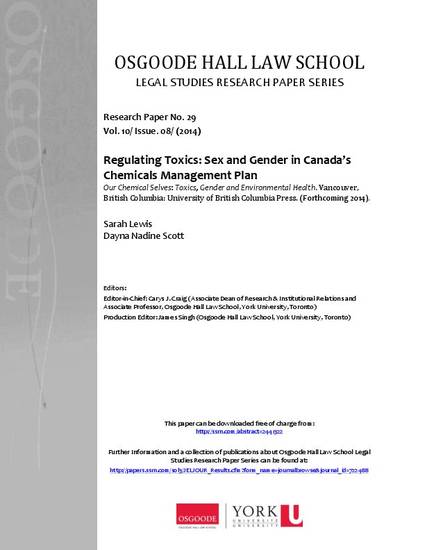
- Chemical substances,
- Health,
- Environment
Chemical substances are found everywhere in our environment. Whether it be at home, outdoors, or in the workplace, we are continuously coming into contact with various chemicals through our air, water, food, cosmetics, clothes, personal care products and everyday household items (Cooper, Vanderlinden, and Ursitti 2011; Program on Reproductive Health and the Environment 2008). As our detection methods improve, we are increasingly forced to confront the evidence of these exposures: biomonitoring studies now show that nearly everyone has measurable amounts of almost all known toxic chemicals stored somewhere in their bodies (CDC 2013; Environmental Defence 2009; Statistics Canada 2012). At the same time, we are witnessing a rise in incidence of a number of diseases and disorders in men and women. These include mutagenic illnesses, irreversible developmental and neurodevelopmental syndromes, reproductive disorders, and a number of autoimmune diseases. Many scientists, environmental groups and health practitioners suggest that the rising incidence of many of these disorders and diseases can be tied to chemical exposures in our environment (Cooper, Vanderlinden, and Ursitti 2011).
Available at: http://works.bepress.com/dayna_scott/13/
